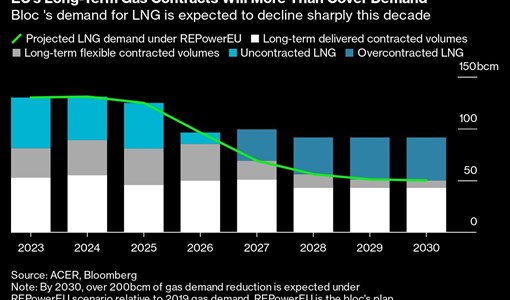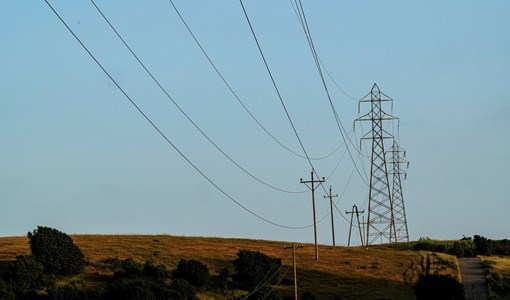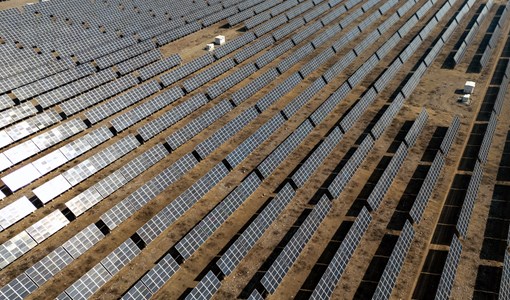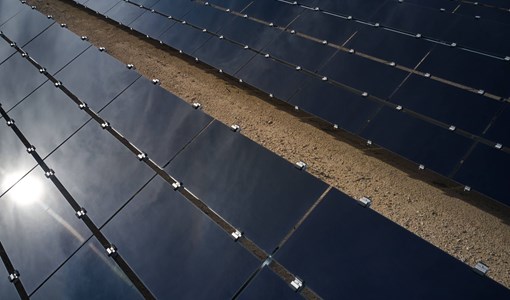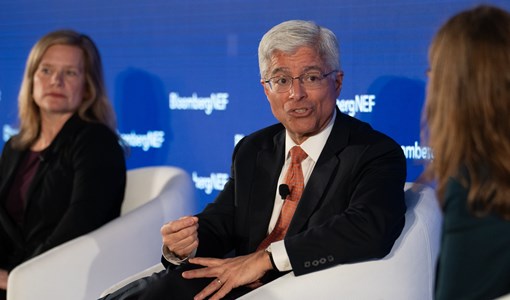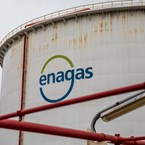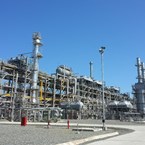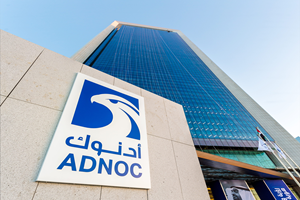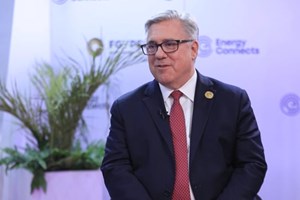Green hydrogen could help drive job recovery out of the COVID-19 recession
The green hydrogen export market could be worth US$300 billion yearly by 2050, creating 400,000 jobs globally in renewable energy and hydrogen production, according to a new report by Strategy& Middle East, part of the PwC network.
The global demand for “green hydrogen,” produced with minimal carbon dioxide (CO2) emissions, could reach about 530 million tons (Mt) by 2050, displacing roughly 10.4 billion barrels of oil equivalent (around 37 per cent of pre-pandemic global oil production).
Rapidly declining renewable energy costs and technological advances would enable hydrogen to become the medium of choice for transporting cheap clean energy across the globe. Furthermore, the COVID-19 pandemic has accelerated the trend toward decarbonisation by reducing hydrocarbon demand substantially.
According to the Strategy& report, Gulf Cooperation Council (GCC) countries can ramp up production to boost domestic industries and utilise green hydrogen for export purposes. While other countries are also seeking to invest in green hydrogen, the export prospects of GCC countries are limited by large domestic demand that will probably consume most of their production. However, GCC countries can export much of their green hydrogen and still have adequate, low-cost renewable energy.
Dr. Raed Kombargi, Partner with Strategy& and the leader of the firm’s Energy, chemicals, and utilities practice in the Middle East, said: “Given the current situation and the decline in demand for hydrocarbons, GCC countries need to act decisively to capture this market with a three-phase plan. They should launch a commercial-scale pilot in partnership with leading electrolysis operating companies to build capabilities and start research and development. Second, they need to develop the right policies and regulations that will enable them to boost the domestic market. Finally, they need to build necessary export infrastructure and secure supply agreements with key export markets.”
Strategy& outlines a three-phased approach for GCC countries to capture the potential of green hydrogen:
1) Invest in commercial-scale pilots
Collaborate with leading electrolysis companies to develop a pilot project that pairs an electrolysis plant, a renewable energy plant, and a single source of domestic demand. The commercial-scale pilot will help policymakers develop domestic technical capabilities, identify local environmental challenges, and initiate R&D activities to develop potential mitigation measures — all in the context of real-world applications rather than theoretical scenarios.
2) Set national policies to boost domestic consumption
Once the pilot has shown that the technology is commercially viable, local governments can develop a comprehensive green hydrogen policy that includes:
- Establishing ambitious and realistic capacity targets that take into account domestic and global market trends,
- Defining governance and institutional frameworks
- Identifying key regulations that the government should develop to properly integrate hydrogen into the energy system
- Creating relevant funding models
3) Transition to exports
After production starts to exceed domestic demand, GCC governments can build the necessary infrastructure to export hydrogen as a cheap, clean power source.
With the right markets established, governments can then build the export terminal and infrastructure for shipping and pipeline channels. Developing that infrastructure will take time, so initial exports may take the form of energy-intensive intermediate commodities like ammonia and direct reduced iron. Over time, exporting countries can then shift to higher-value-added commodities.
Eventually, however, the green hydrogen company should then take the lead in signing supply agreements with key green hydrogen export markets. These should be based on an understanding of regional imbalances in hydrogen and which export markets are most accessible from the GCC compared to other exporters.
Dr. Shihab Elborai, Partner with Strategy& Middle East added: “With the challenges posed by the global COVID-19 pandemic and concurrent steep decline in oil prices, GCC countries need to act boldly now to catch up and overtake countries such as China and Australia, who are exerting significant amounts of effort in hydrogen. For instance, the province of British Columbia in Canada is developing plans to produce approximately 1.5 Mt of Blue and green hydrogen by 2050 and generate export revenues of $15 billion. There is clearly an opportunity for GCC countries here.”
KEEPING THE ENERGY INDUSTRY CONNECTED
Subscribe to our newsletter and get the best of Energy Connects directly to your inbox each week.
By subscribing, you agree to the processing of your personal data by dmg events as described in the Privacy Policy.
More renewables news

Masdar and EGA form alliance on aluminium decarbonisation and renewables
Apr 17, 2024
Chevron Launches $500 Million Fund to Invest in Clean Tech
Apr 16, 2024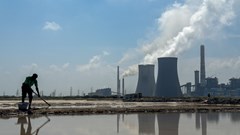
Coal Keeps Powering India as Booming Economy Crushes Green Hopes
Apr 16, 2024
Eni company Plenitude commences construction of its largest ever solar project in Spain
Apr 16, 2024
How Amazon Became the Largest Private EV Charging Operator in the US
Apr 15, 2024
Equinor announces first battery storage projects in the United States
Apr 15, 2024
Japan’s largest power company JERA creates global renewables business headquartered in London
Apr 15, 2024
America’s Corn Belt Bristles at $8 Billion Lifeline
Apr 13, 2024
Generac Eyes Power Deals With $1 Billion to Spend
Apr 12, 2024
The Century-Old Transmission Line Is Getting a 21st Century Upgrade
Apr 12, 2024
Energy Workforce helps bridge the gender gap in the industry
Mar 08, 2024
EGYPES Climatech champion on a mission to combat climate change
Mar 04, 2024
Fertiglobe’s sustainability journey
Feb 29, 2024
Neway sees strong growth in Africa
Feb 27, 2024
P&O Maritime Logistics pushing for greater decarbonisation
Feb 27, 2024
India’s energy sector presents lucrative opportunities for global companies
Jan 31, 2024
Oil India charts the course to ambitious energy growth
Jan 25, 2024
Maritime sector is stepping up to the challenges of decarbonisation
Jan 08, 2024
COP28: turning transition challenges into clean energy opportunities
Dec 08, 2023
Why 2030 is a pivotal year in the race to net zero
Oct 26, 2023Partner content

Ebara Elliott Energy offers a range of products for a sustainable energy economy

Essar outlines how its CBM contribution is bolstering for India’s energy landscape

Positioning petrochemicals market in the emerging circular economy

Navigating markets and creating significant regional opportunities with Spectrum




